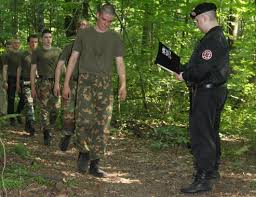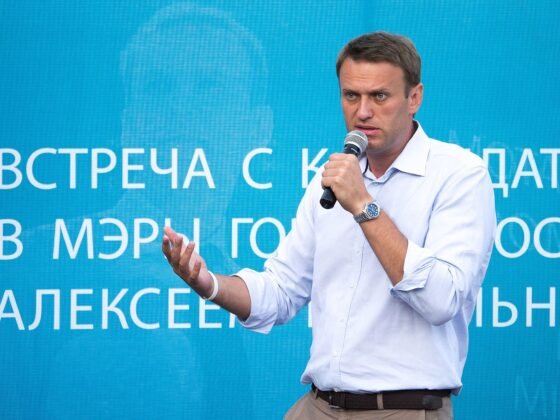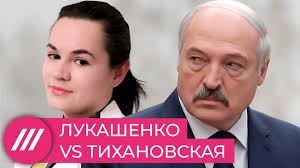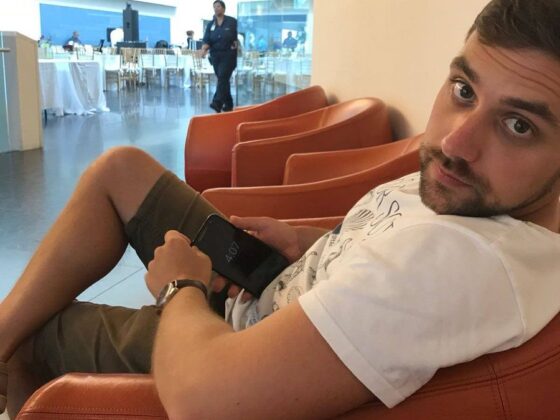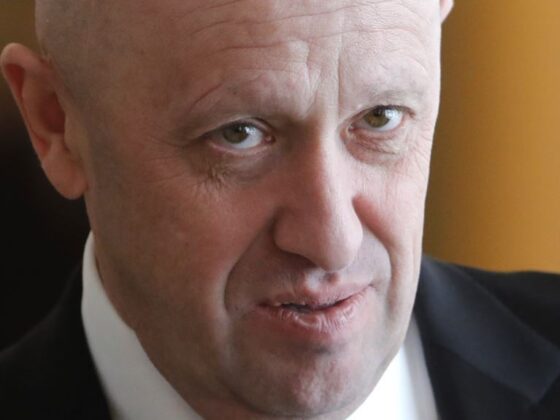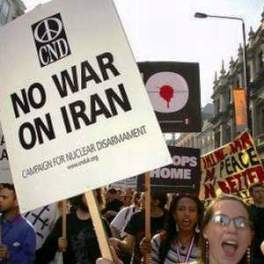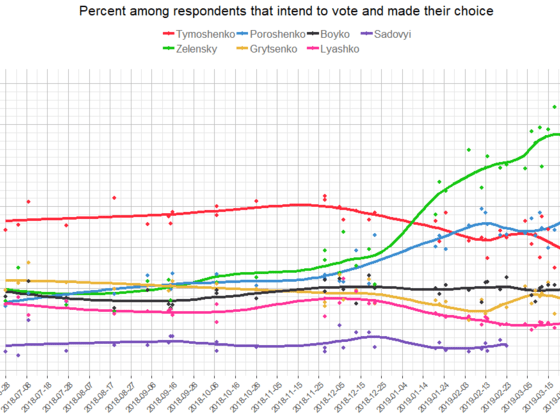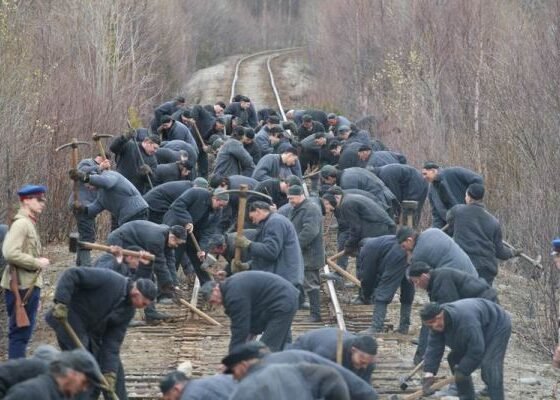(EurActiv) Western containment policy towards Russia in Europe’s east has a different meaning than it did during the Cold War because the ideological component is missing, says Dmitry Gorenburg, outlining the causes for the crisis, Putin’s motivations for annexation and assessing EU-US cooperation.
Dmitry Gorenburg, Ph.D. is a senior researcher with CNA Corporation's Strategic Studies division. His areas of expertise include security issues, military affairs, and ethnic politics in Russia, Eurasia, and Eastern Europe. He spoke with EurActiv Germany’s Erika Körner.
In April US President Obama spoke of applying an “updated version of the Cold War strategy of containment” in light of Russia’s behaviour in the Ukraine crisis. Is an association with the Cold War useful? And is containment an appropriate remedy for the conflict?
To some extent, the association is useful but I would not overplay it. In the Cold War, the key feature was an ideological difference between the two sides that is almost absent now. There is no big ideological fight, where Russia is trying to convince the rest of the world to follow a completely different system of economics and government compared to the US. What is left, is much more of a general foreign policy difference in terms of perceptions of interest and so forth. Having said that, clearly it is not in the US interest to let Russia have a sphere of influence. This is what Russia seems to want in its immediate neighbourhood.
So from that point of view, I would not use the word containment because of all the ideological baggage from the Cold War. Instead, it would be a situation where the US tries to give the countries around Russia more options in terms of their foreign policy course. But this is something the US has been doing for the last 20 years or so.
What are some similarities and differences between the current state of Russia’s relations with the West and those during the Cold War?
I mentioned ideology. Another important difference is that the Soviet Union really strove for autarchy during the Cold War, for self-reliance among the Soviet Union and its allies and as few interconnections as possible with the rest of the international system. It never really achieved this completely, at least not after the 1930s or so, but the goal existed.
Whereas now we are dealing with an environment where there are a lot more connections both in terms of economic ties but also freedom to travel, for example, allowing Russians to go abroad.
That creates a lot more interdependence between Russia, Europe, the United States and the rest of the world. This has a moderating influence on relations.
That is the general difference, but we can talk about more specifics within that, like energy ties. While the Soviet Union certainly exported energy to Europe, starting in the 1970s, at that time it was much less central than it is to the relationship now. Energy is playing a more central role now in policy.
How much of the current conflict in Ukraine can be traced back to Western or Russian antagonism, and how much can be perceived as an organic movement from the Ukrainian population?
At the first stage of the crisis, before it became internationalised with the intervention, it was primarily a domestic crisis. Then, at least for a while after Yanukovych left, it shifted to becoming primarily an international crisis over Crimea. Clearly, this part was orchestrated by the Russian government. The main theatre of action was between the Russian government, on the one hand, and the Western governments which tried to calibrate sanctions to try to initially reverse the situation. Once it became clear that this was not going to happen, they tried to limit Putin’s actions as much as possible. Because the Ukrainian government was just being formed, was largely in chaos and was not yet recognised by Russia, it was really left on the side lines during that period.
Then there is the third stage, which we are in now, where it again becomes a domestic issue, though with an international component regarding the eastern Ukraine situation. The main actors in eastern Ukraine appear to be largely domestic opponents of the new government together with volunteers of sorts from Russia, who are almost certainly assisted by the Russian government – but the Russian government is not taking a lead role as it did in Crimea in the separatist activity.
Now you have this situation close to a civil war in eastern Ukraine with the international community trying to influence the situation. Depending on which party or which week it is they are trying to stop the conflict or sometimes, in Russia’s case, encouraging it. There is this international component to it as well, but a large part of what’s going on now is domestic. […]
See the full interview © EurActiv



